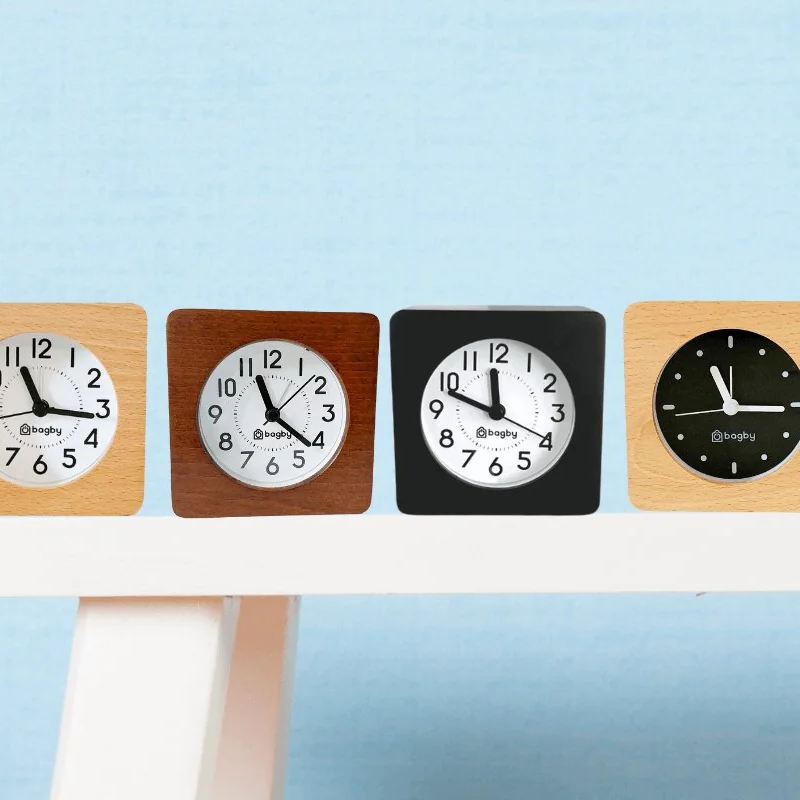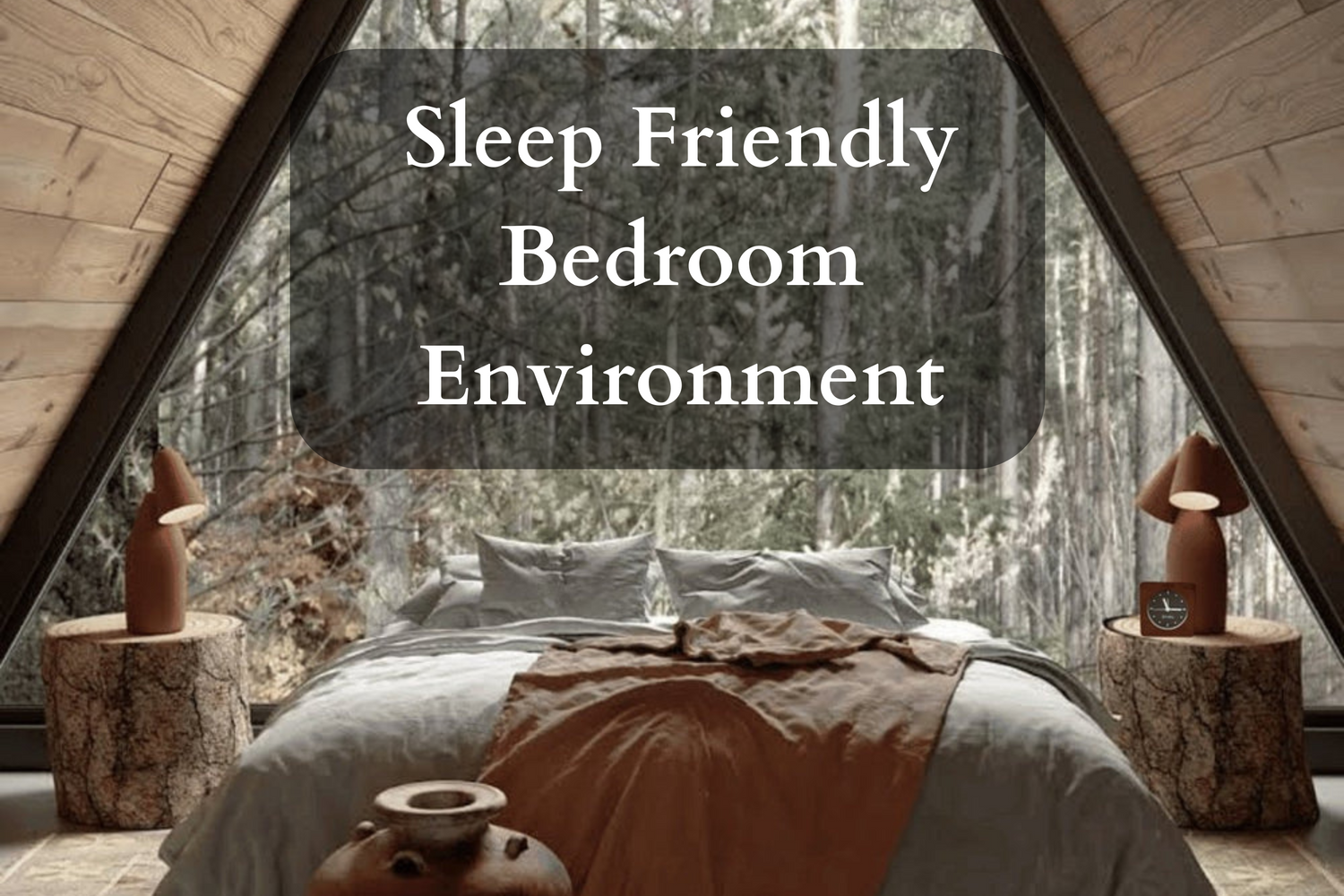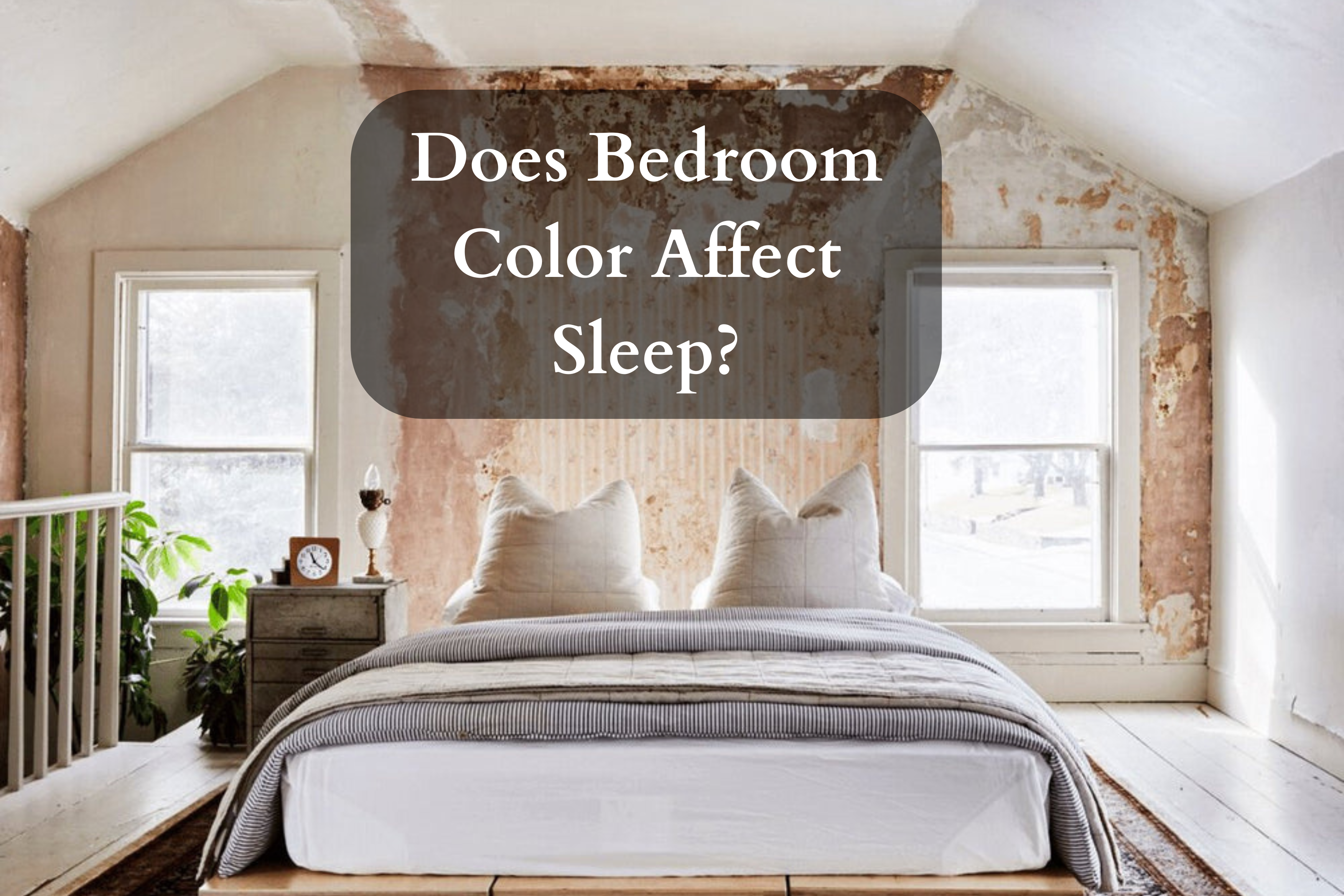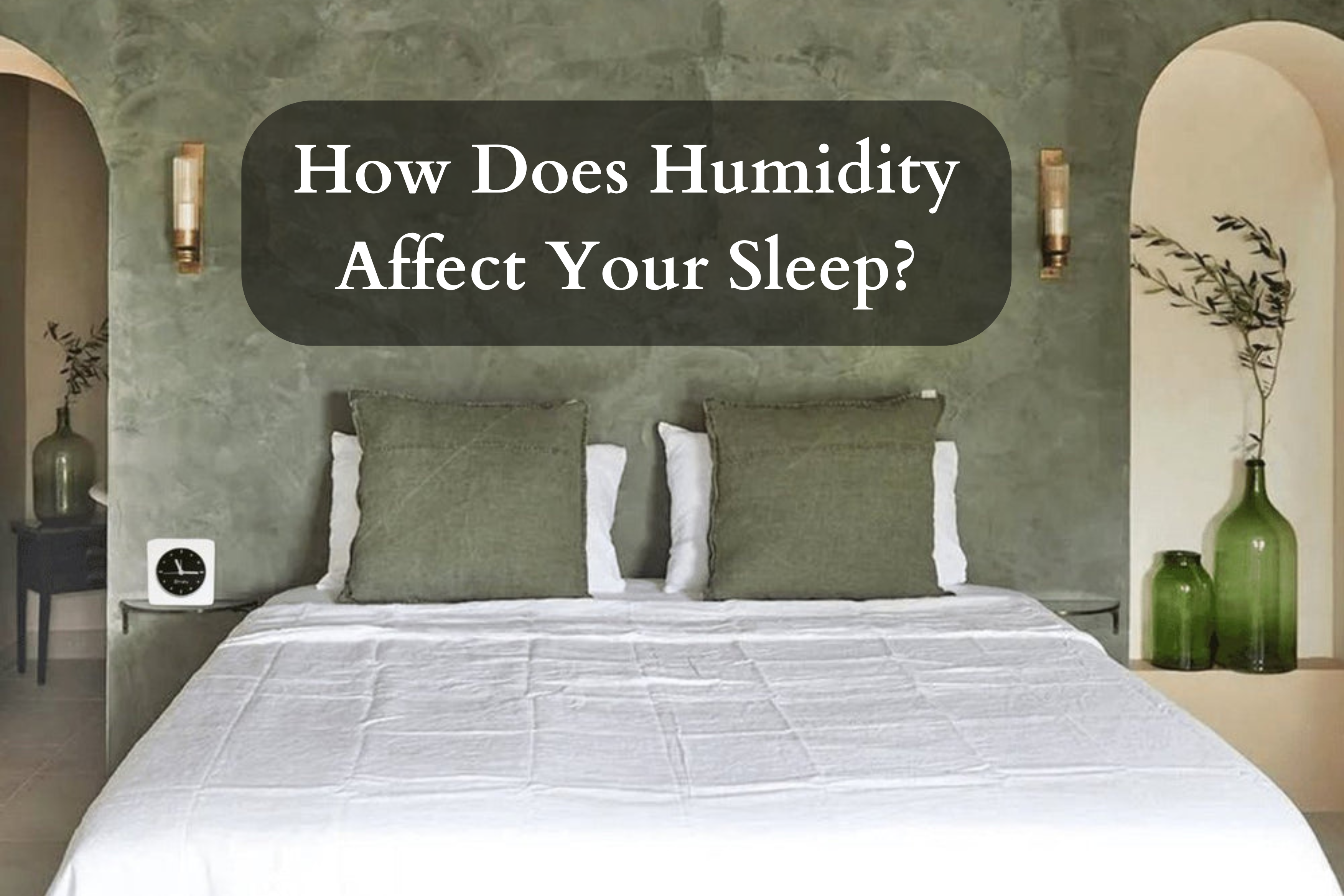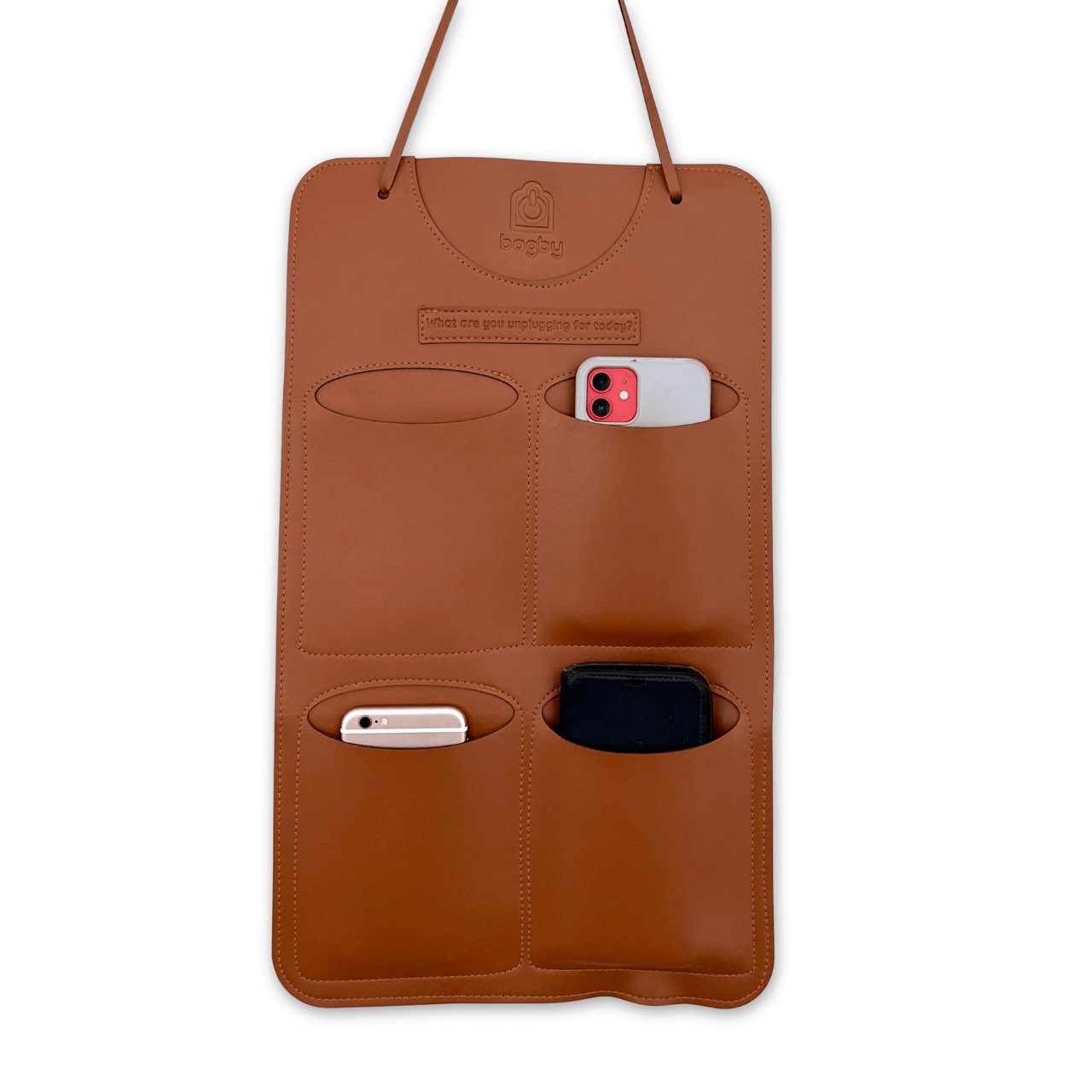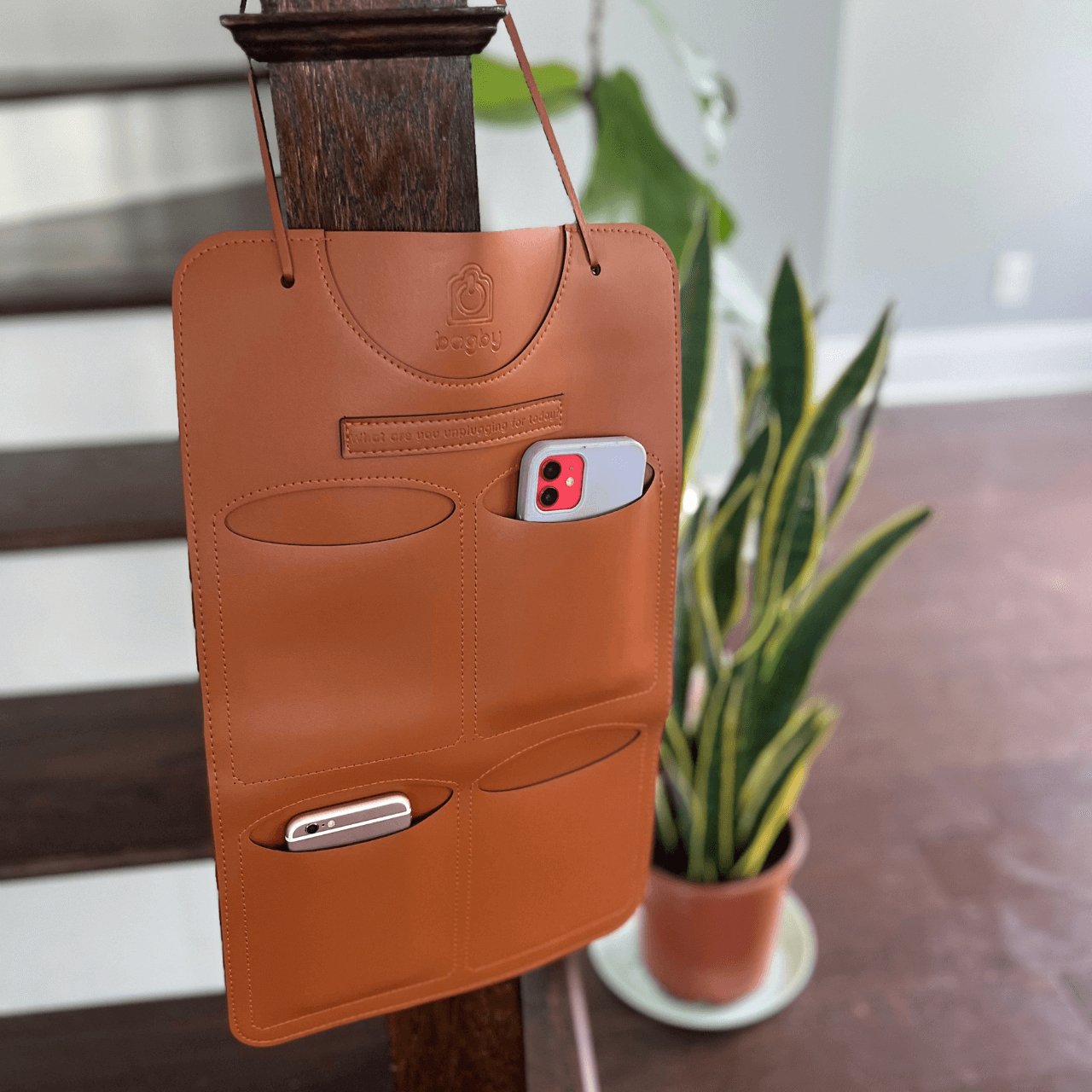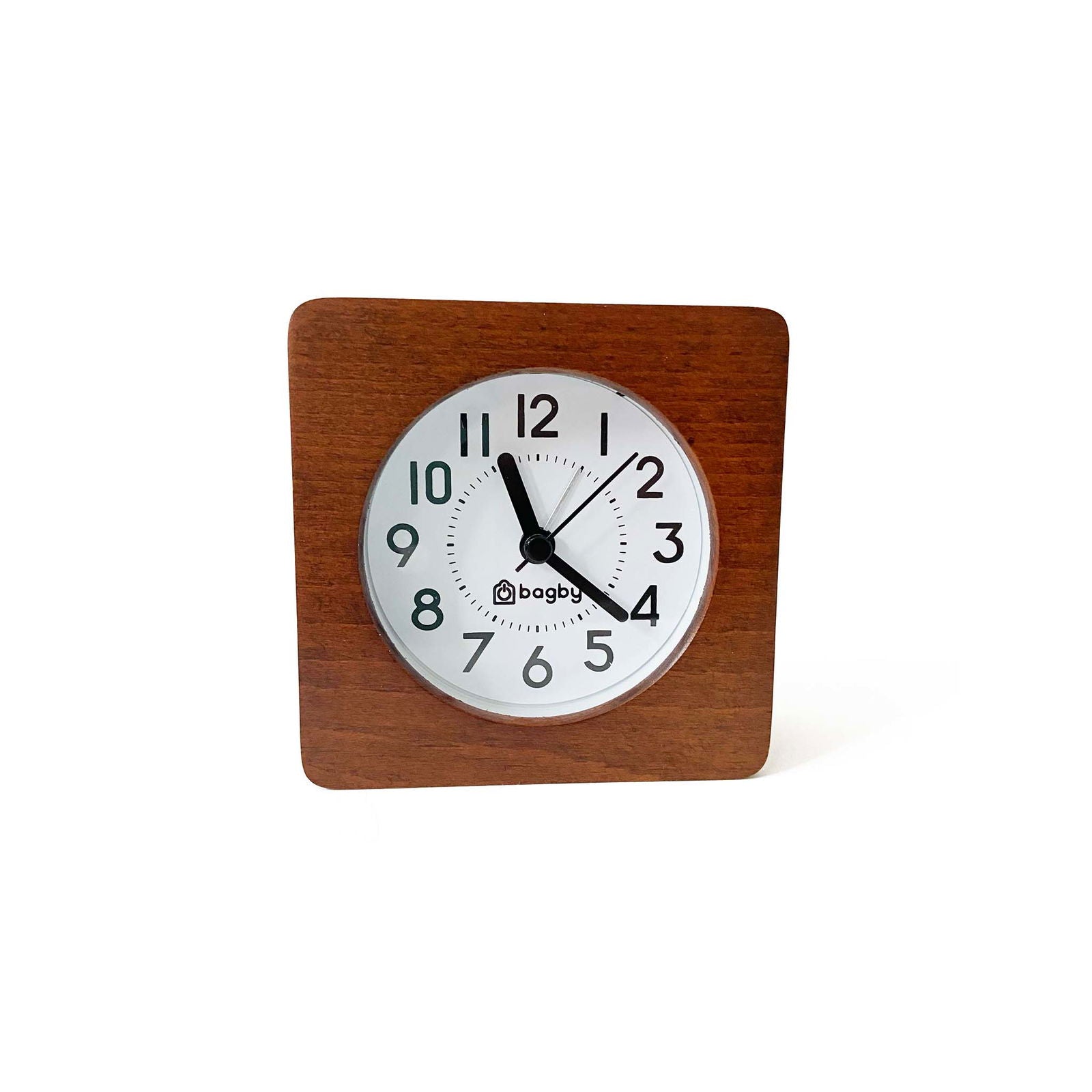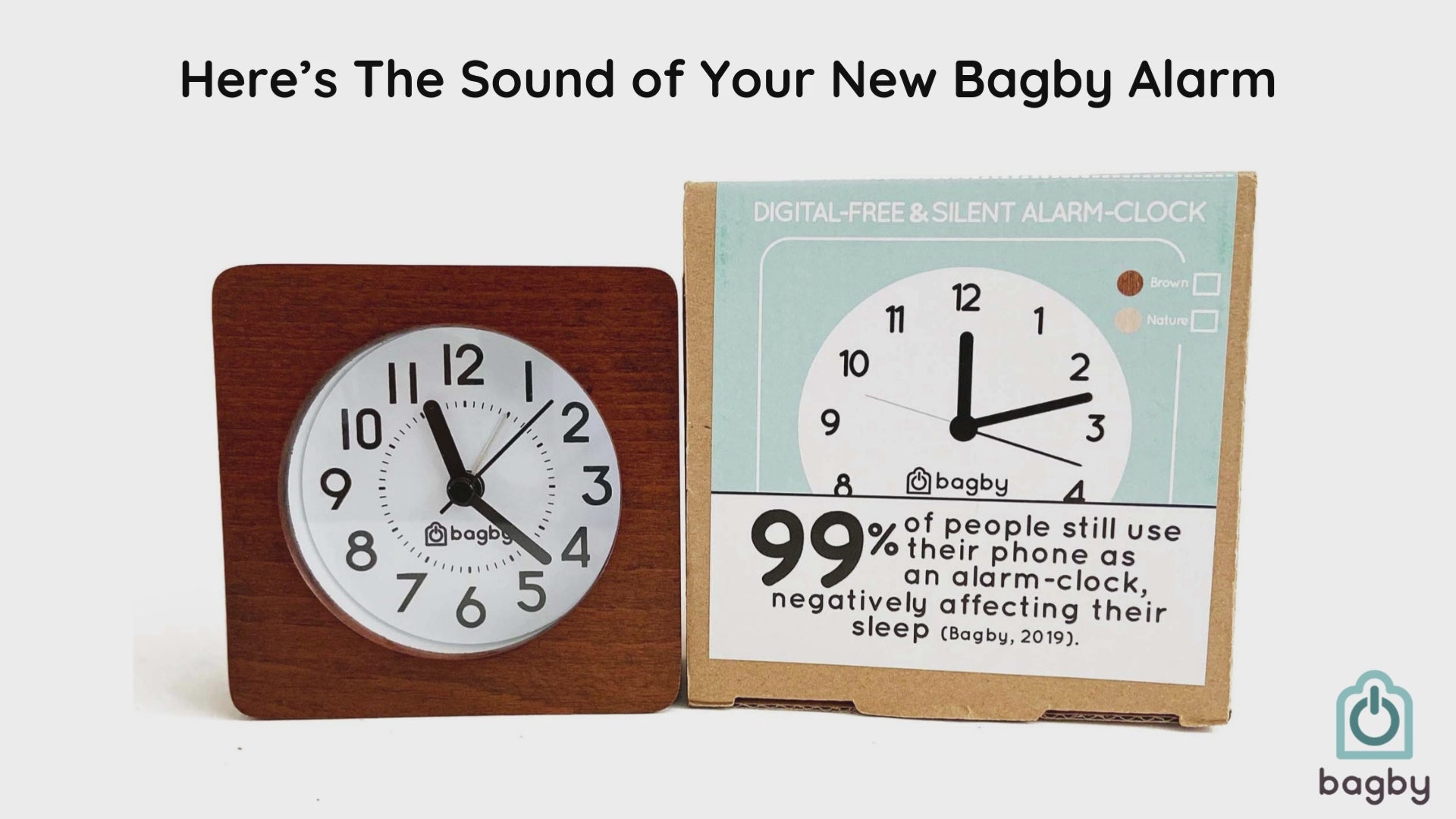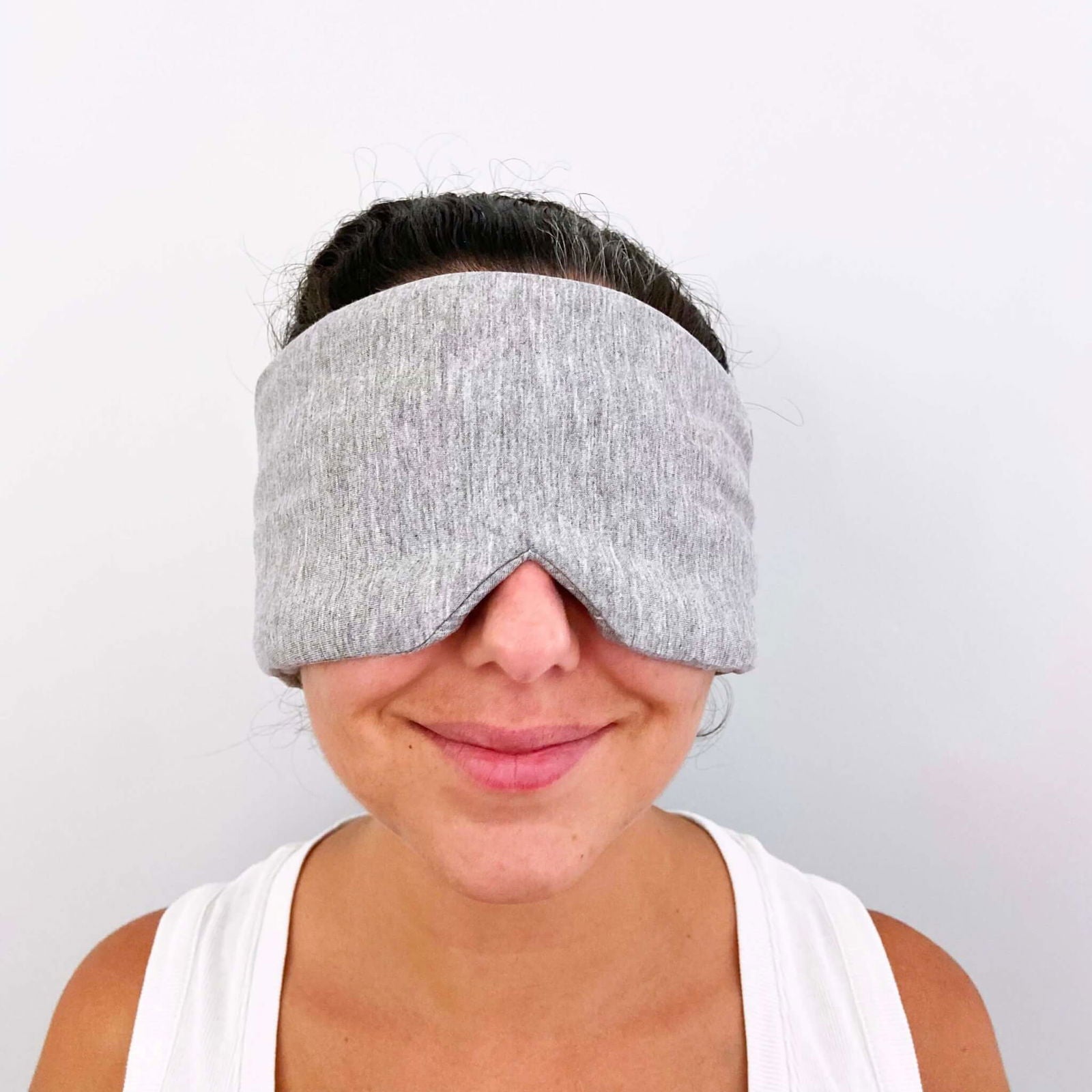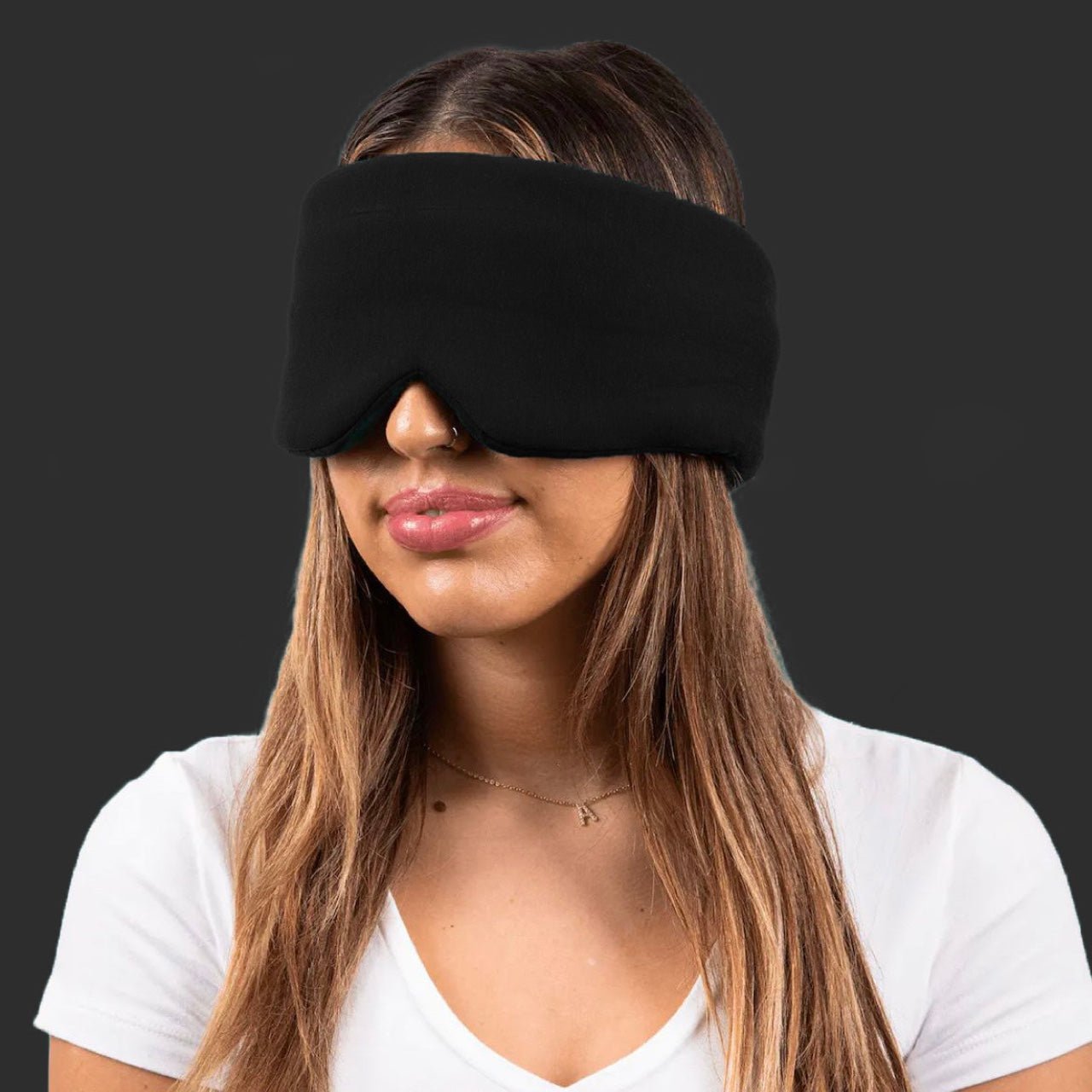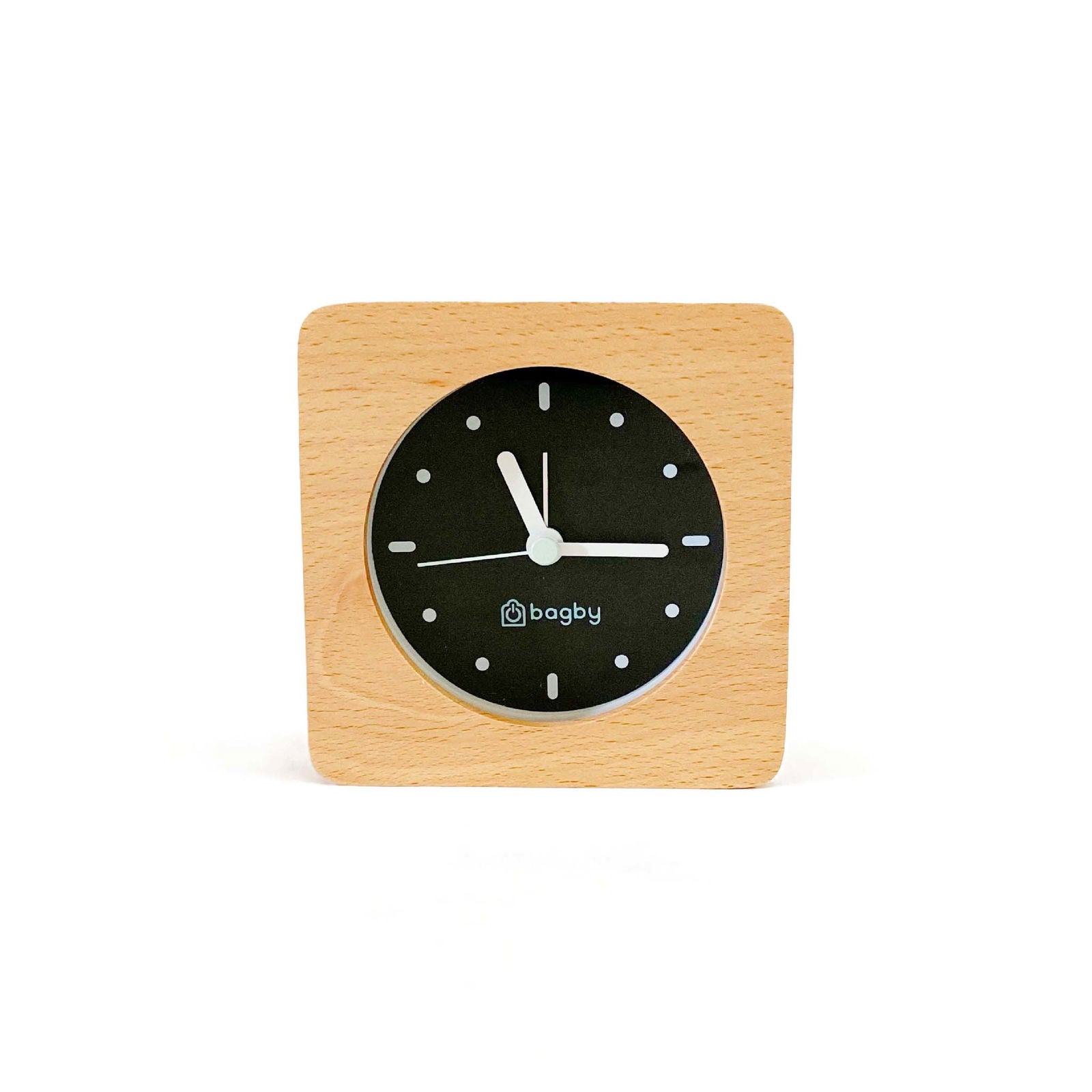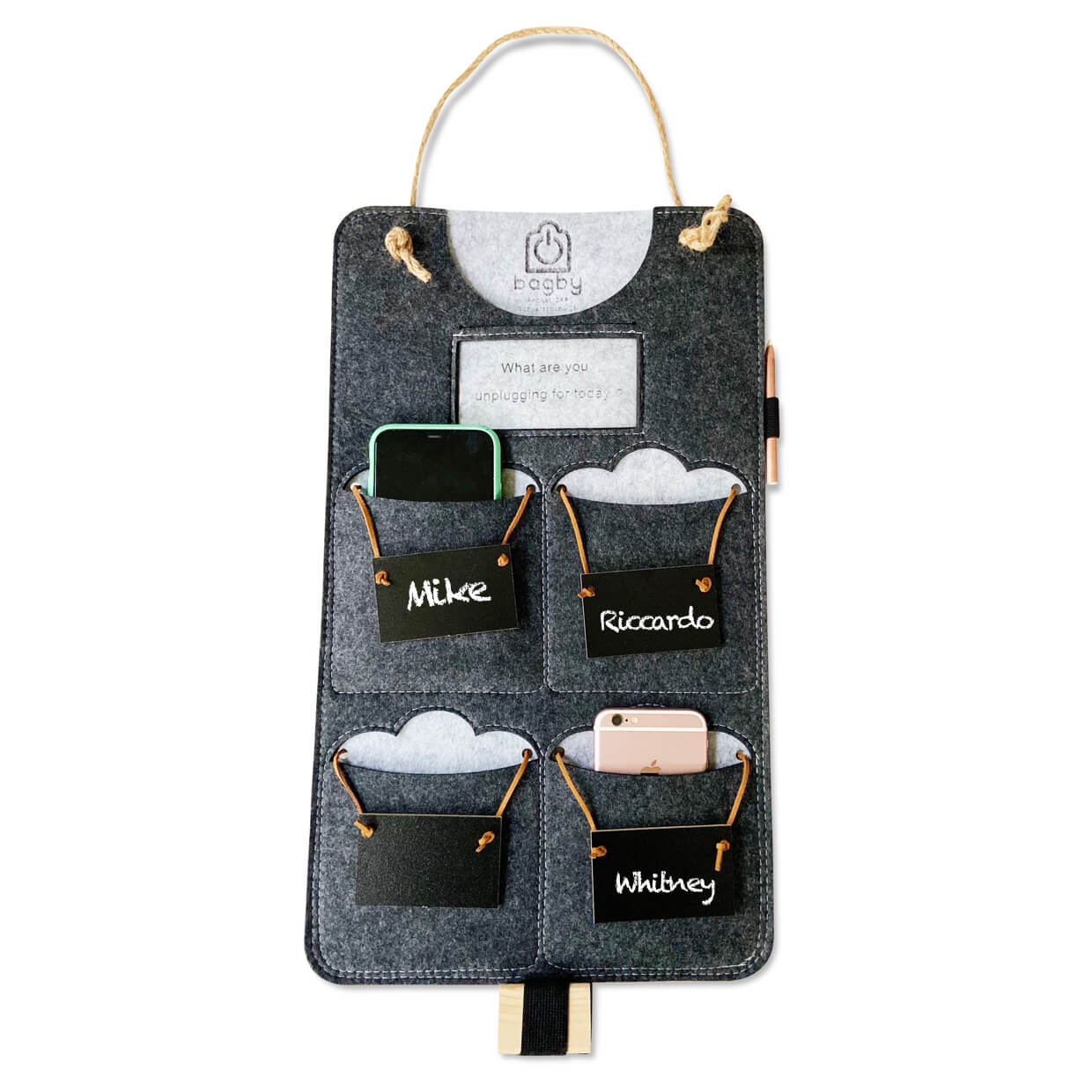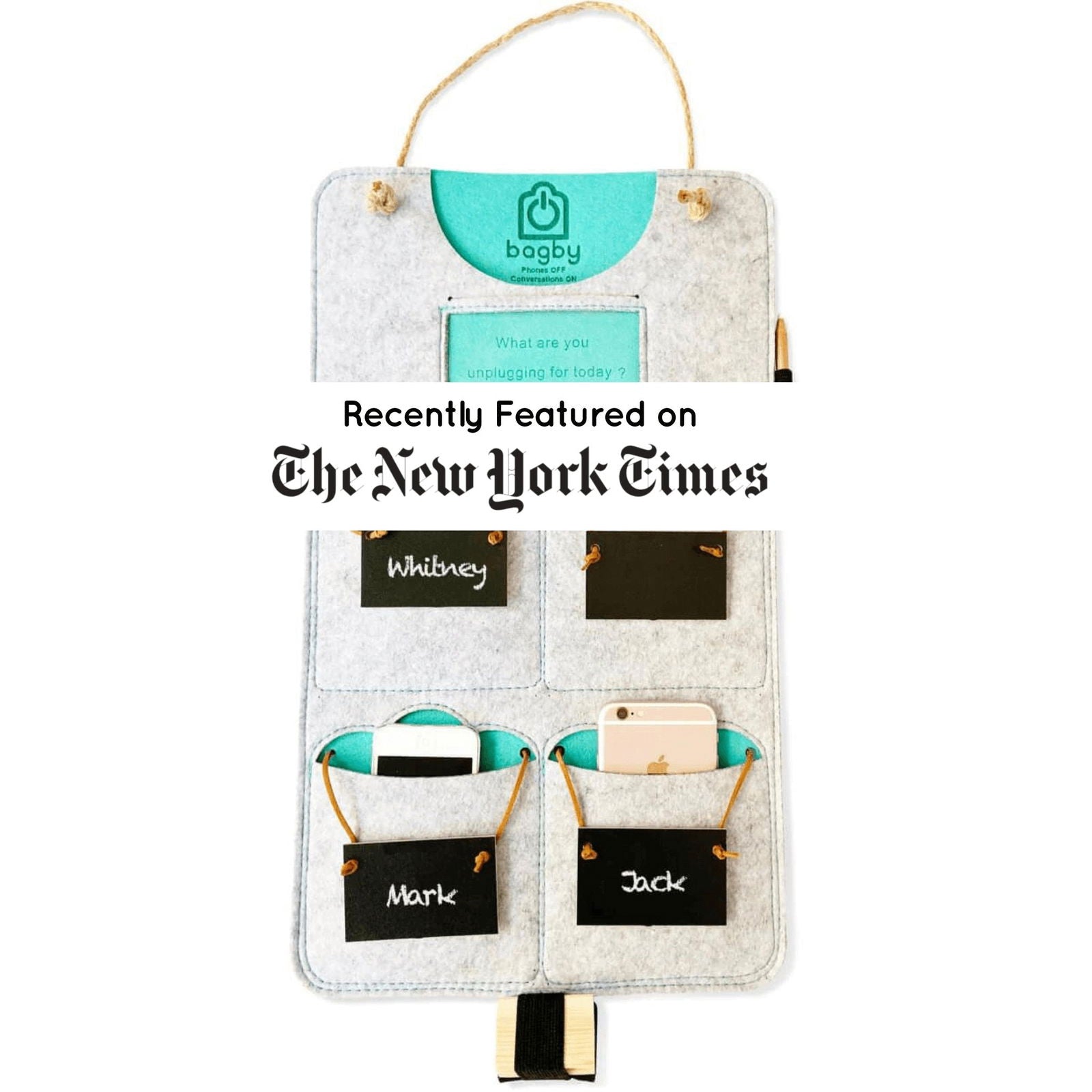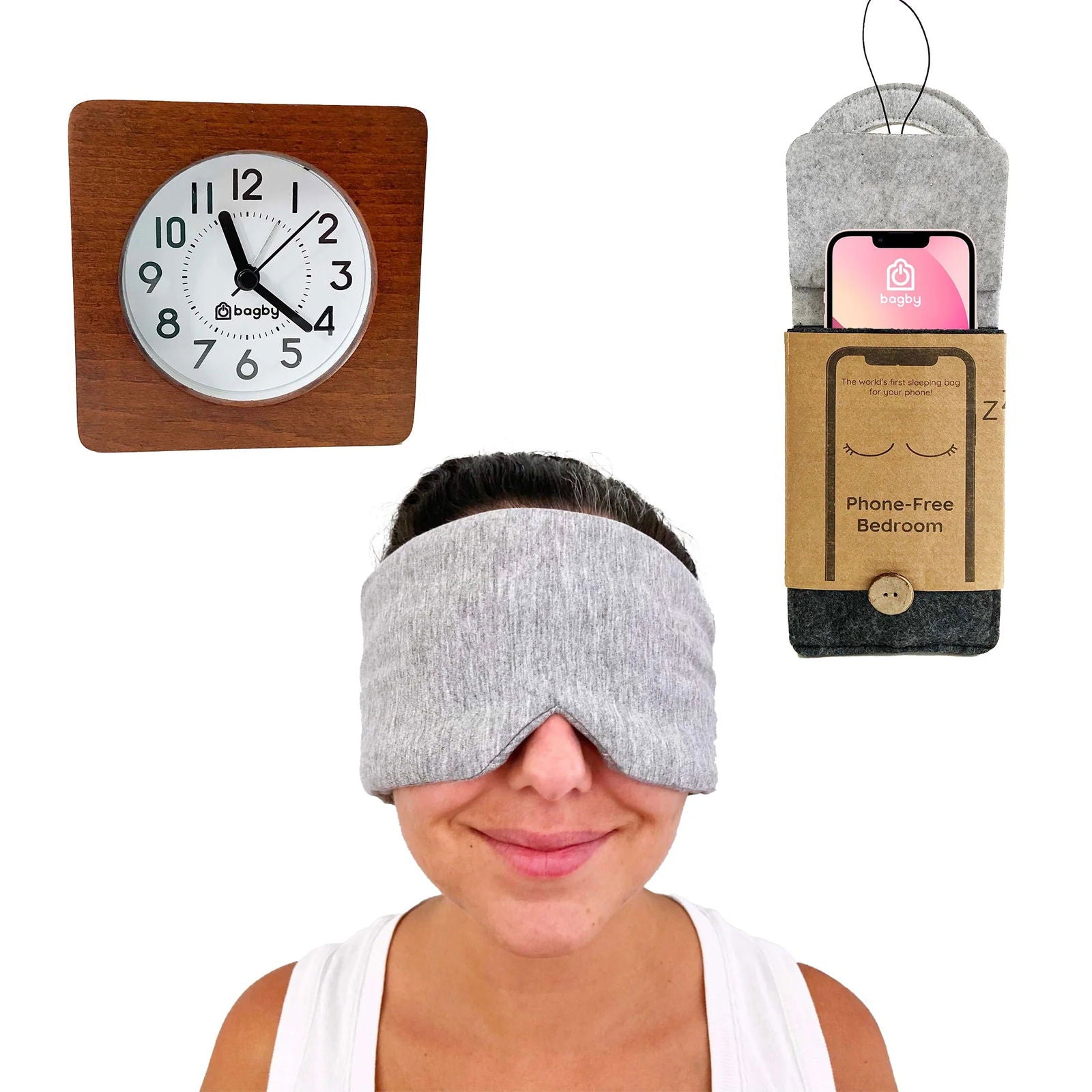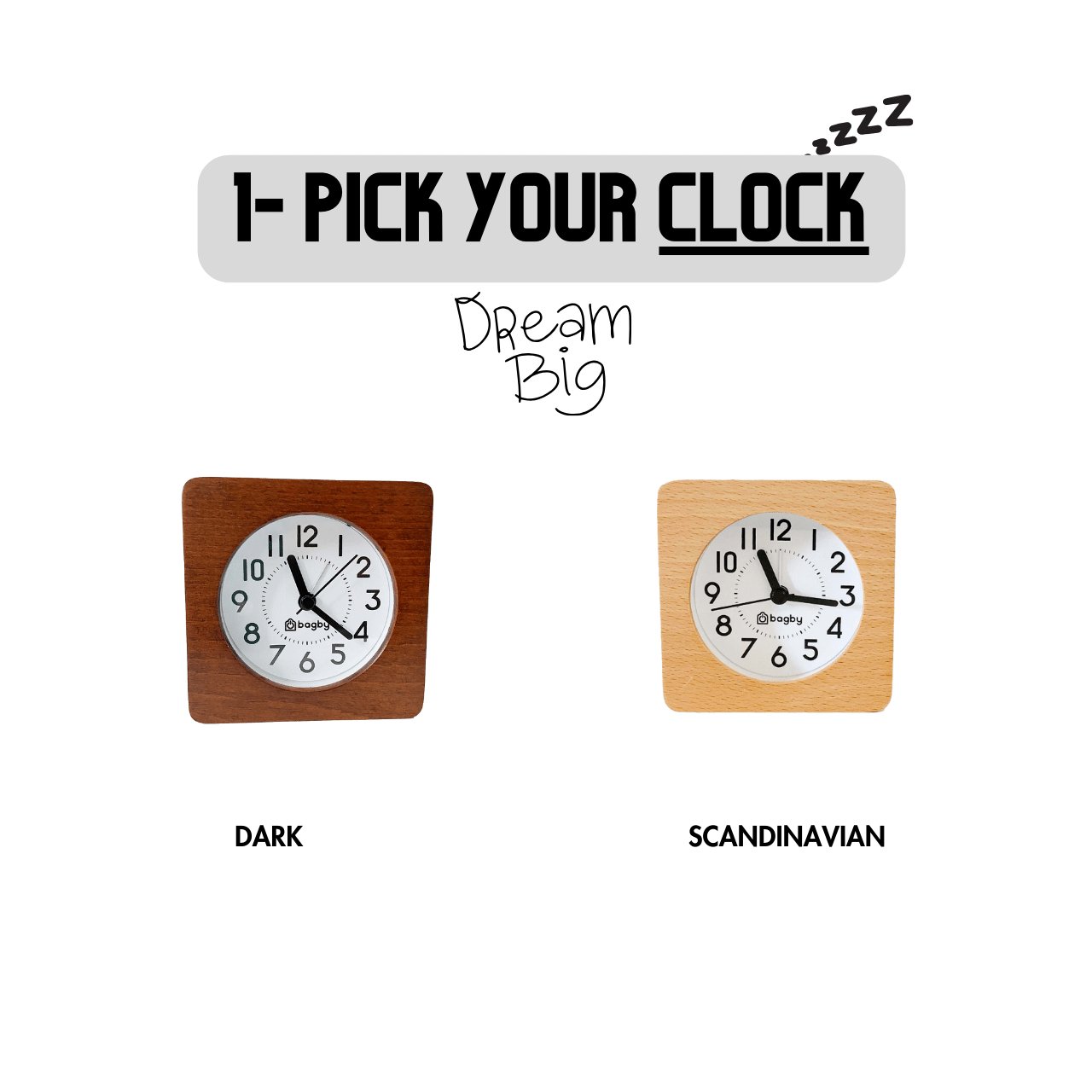Let’s get real—most people think feeling tired is just “normal.” But here’s the truth: you don’t need more sleep, you need better sleep. There’s a massive difference between sleep quantity and sleep quality. You can be in bed for eight hours and still wake up exhausted. I’ve been there.
Turns out, it wasn’t just stress—it was my bedroom environment wrecking my circadian rhythm. That’s your body’s internal clock. And it controls your melatonin levels, which tell your body when to wind down and when to wake up. Mess with it, and you end up with sleep rhythm disorders, light sleep, or even full-on cold sweats while sleeping.
That’s when I founded Bagby.co—a brand rooted in digital wellbeing with a human soul. We don’t just sell gadgets; they help you disconnect, declutter, and create a sleep sanctuary. No screens, no pings, just peace.
Let’s break down how I turned my bedroom from a hot, noisy, blue-light mess into a calming cave of sleep—using science, habit shifts, and some genius products.
Find Your Sweet Spot – The Optimal Sleeping Temperature for Deep Rest
What’s the Perfect Temperature for Sleep?
I used to ask, “What’s the best temperature for sleep?” and I’d get fifty answers. But here’s what worked for me:
The optimal sleeping temperature for adults is between 16°C to 20°C. That’s around 60–68°F, depending on your climate. This ideal sleeping temp mimics your natural body drop during rest.
Why does that matter? Your body temperature while sleeping naturally dips. If your room is too warm, it disrupts that process. That’s why the perfect sleeping temperature feels cool but not cold. It helps your body produce more melatonin and drift into deeper sleep cycles.
Here’s a quick comparison I made to make this easier:
|
Temperature (°C) |
Sleep Impact |
|
22+ |
Too warm. Can cause restlessness, light sleep, and night sweats. |
|
20 |
Good. Still okay for some but borderline. |
|
18–19 |
Best temperature for sleeping. Supports deep sleep. |
|
16–17 |
Great if you’re using warm bedding. Ideal for winter. |
|
Below 16 |
Might be too cold, especially for infants or cold sleepers. |
In summer, this gets tricky. I keep my AC around 18°C at night, which is considered the best AC temperature for sleeping.
Why Do I Get Hot When I Sleep?
Your body temp while sleeping is regulated by the brain. When it’s out of sync—say, because your room is stuffy or you had too much screen time—it starts to fluctuate. That’s when you get too hot to sleep, or worse, cold sweating at night while sleeping.
And yes, your body temperature rises when you sleep, especially during REM cycles. That’s why keeping your room slightly cool helps balance that rise and keeps you from overheating.
Some tips I personally use:
-
Ditch heavy duvets in summer.
-
Use breathable fabrics like cotton or bamboo.
-
Sleep in a cold room if possible—it works wonders.
-
Use a humidifier in dry seasons to help regulate body temperature during sleep.
Sleep Inducing Colours & Light – What Your Eyes See Affects Your Sleep
What Colour Light Helps You Sleep?
If your room looks like a nightclub at night, it’s no wonder you’re not sleeping well. The best colour light for sleeping is red or warm amber tones. These colours don’t interfere with melatonin production.
So, what colour light is best for sleep? Here's what I’ve found works best:
|
Light Colour |
Sleep Impact |
|
Red |
Calming. Ideal for winding down. Promotes melatonin. |
|
Blue |
🚫 Avoid it at night. Suppresses melatonin. |
|
White |
Neutral. Okay in small amounts. |
|
Purple/Green |
Confusing for the brain. Skip it. |
Is Red Light Good for Sleep? Or Should You Avoid It?
There’s a lot of confusion around this. Some people ask, “Why is red light good for sleep?” while others wonder if sleeping with a red light is harmful.
The truth?
Red light therapy for sleep helps you fall asleep faster and improves deep sleep. It's often used in wellness clinics. But just like anything, moderation is key. Don’t blast red light like a horror movie set—keep it soft and subtle.
Look for a red light bulb for sleep that’s dimmable. Use it for your wind-down routine, but switch it off once you’re in bed.
And no, you shouldn’t sleep with a red light glaring in your face all night. That’s not the same as using it as a pre-bed cue.
Blue Light vs. Sleep – The Modern Enemy
You’ve probably heard it wrecks your sleep—but how does blue light affect sleep exactly?
-
It blocks melatonin.
-
Confuses your circadian rhythm.
-
Keeps your brain active when it should be winding down.
This includes phones, TVs, laptops, even some LED lights. And don’t fall for the blue light sleep myth that says “a little won’t hurt.” It adds up—especially if you scroll before bed.
In Image: Bagby ORIGINAL - Sleeping Bag for Your Phone
That’s why I swear by the Bagby ORIGINAL - Sleeping Bag for Your Phone. It’s a literal sleeping bag for your phone—cute, yes, but functional. It helps you cut off screen time and reduce exposure to harmful blue light before sleep.
And trust me, it’s the easiest fix I’ve made to improve sleep technology—by removing unnecessary tech altogether.
Create a Calm, Minimalist Bedroom Setup for Better Sleep
Best Colours for Bedroom Walls & Décor to Promote Sleep
I used to think colour was just about design. Turns out, it directly affects your brain. If you’re wondering what colour is best for sleep, the answer isn’t black or neon green—it's soft, muted tones that calm the nervous system.
The best bedroom colours for sleep tend to be:
-
Soft blues (yes, blue sleep is real)
-
Warm greys
-
Pale greens
-
Dusty pinks
-
And of course, the underrated white sleeping room
The idea is to avoid stimulation. Bold reds, vibrant oranges, or even intense purples can increase your heart rate and disrupt sleeping in bed. Instead, go for colours that help you sleep—ones that feel gentle and grounding.
Here's a simple breakdown I like to use:
|
Colour |
Sleep Impact |
|
Blue/Grey |
⭐ Helps reduce heart rate and anxiety |
|
White/Beige |
🤍 Clean, calm, and supports a perfect sleeping bedroom vibe |
|
Dark Red/Purple |
🚫 Too stimulating. Not great for the brain before bed |
|
Soft Green |
🌿 Balancing. Promotes peace and best colour for sleeping room |
Paint your bedroom in a cool grey tone, paired it with warm lighting, and instantly noticed how much more relaxed I felt. Bedroom colours for better sleep really do make a difference.
Small Sleeping Room Design: How to Maximise Rest in Minimal Space
If you’ve got a small sleeping room, don’t worry—you don’t need a spa retreat to sleep better. In fact, less is more.
Try to kept only essentials—bed, soft lamp, and a small table. I used calming tones and made sure my space didn’t feel cluttered. Minimalism helps reduce cognitive overload and supports light sleep transitioning into deep rest.
And the game-changer? Removing phones from my bedside.
In Image: Bagby FAMILY - Phone Organizer 6+1 Pockets
That’s where Bagby FAMILY and Bagby SOCIAL Phone Organizers came in. These clever, design-forward organisers gave me a place to “put my phone to bed” outside of my sleeping area. It removed the temptation of late-night scrolling and helped break the screen time and sleep cycle. Less digital clutter = more mental stillness.
In Image: Bagby SOCIAL - 4 Pocket Phone Holder
If you're stuck with small sleeping room design problems, clear the tech, use soft tones, and give your eyes and mind a break.
Silence or Soothing? Exploring the Role of Sound in Sleep Quality
Is Silence Golden? Why White, Brown, or Pink Noise Can Help
I used to think silence was the gold standard—until I moved near a road. That’s when I discovered noise machines for sleeping, and wow, total upgrade.
These machines emit ambient sounds like white noise, brown noise, or even nature sounds. They help mask sudden spikes like car horns or barking dogs—things that interrupt your sleep rhythm disorder or cause you to shift into light sleep patterns.
So, why does white noise help you sleep?
Because it creates a consistent audio blanket. Your brain doesn’t need to keep “listening” for danger, which helps with sleep light sleep conditions and makes it easier to stay asleep.
|
Noise Type |
Effectiveness |
|
White Noise |
Balanced frequencies, great for all-around use |
|
Brown Noise |
Lower frequencies, deeper and soothing for deep sleep |
|
Pink Noise |
Soft and natural, good for relaxation |
I use a brown noise track almost every night. It’s my secret to drowning out distractions without using loud fans or expensive gear. If you’re sensitive to sound and struggle to fall asleep, a noise machine for sleeping might be your golden ticket.
Light Sleeper Meaning & Solutions
If you’re a light sleeper, you probably relate to this: a creaking floorboard, and you’re wide awake. The light sleeper meaning is simple—your brain doesn’t shut off easily and stays alert for longer.
That’s why you need tools and tweaks that reduce disruption.
For helight sleep (a term I love), I found that layering solutions helped most:
-
Earplugs or soft white noise
-
A dark sleep mask (Bagby NIGHT, more on that soon)
-
Cooler temperatures
-
No sudden light sources or screen flashes
The fewer interruptions your body has to react to, the deeper your sleep goes. And that’s where real recovery happens.
Mindfulness & Sleep Technology: Tools That Don’t Disrupt Your Rhythm
OneFramework: 6 Ways Technology Affects Your Sleep Health
Let’s get serious. Modern tech is great—but not when it invades your bedroom.
Here’s how technology and sleep clash, based on what I’ve learned from Bagby’s philosophy and my own mistakes:
-
Blue light exposure = suppressed melatonin
-
Notifications = micro wakeups
-
Doomscrolling = elevated cortisol
-
EMF radiation = potential sleep rhythm disorder disruption
-
Constant stimulation = delayed sleep onset
-
Multitasking minds = restless bodies
That’s why devices to help sleep need to be non-digital or non-intrusive. You don’t fix bad tech with more tech—you upgrade habits.
Improve Sleep Technology Without More Screens
Instead of downloading 10 sleep apps, try to strip it back.
Light therapy for sleep doesn’t need to be fancy. I use low-light lamps that simulate sunset tones. For aromatherapy for sleep, I use a diffuser with lavender oil.
But the one change that made everything better for you?
In Image: Bagby MINIMALIST - Silent Alarm Clock
Switching to a Bagby MINIMALIST Silent Alarm Clock. No lights. No blue glow. No EMF radiation. Just time and peace.
Then later upgrade to the Bagby CLASSIC, which has a slightly different style but the same philosophy—improve sleep technology without relying on screens.
In Image: Bagby CLASSIC - Silent Alarm Clock
And honestly? I now wake up feeling rested, not shocked awake by a blaring phone alarm. These are devices to help sleep that align with biology, not fight it.
Digital Detox Before Bed – How to Fix Your Sleep Schedule Naturally
I’ve said it before, and I’ll say it again: your bedroom isn’t a cinema. It’s not a workspace. It’s not a scrolling zone either. It’s a sanctuary for sleep.
And if you’re wondering how to fix your sleep schedule, start here—ditch the tech, especially after 9PM. Most people don’t realise just how much screen time and sleep are tangled. Our phones, tablets, TVs—they all emit blue light, which messes with melatonin, delays sleep onset, and increases the risk of sleep rhythm disorder.
Yes, is it bad to sleep with lights on? Absolutely. It disrupts your body’s natural clock, contributes to light sleep, and interferes with your ideal sleeping temperature—since light can increase body heat and wakefulness.
Replace Scrolling with Rituals: Journaling, Reading, Breathing
For me, it started with a pen and paper. I journaled a few thoughts. I read a chapter or two from an actual book. Then I’d close my eyes and focus on deep breathing—nothing fancy, just inhale for four, hold, and exhale.
In Image: Bagby MAT - No-Phone Desk Pad
What made this ritual easier was the Bagby MAT – No-Phone Desk Pad. I placed it on my nightstand and used it as a tech-free zone. That little shift made a big impact. It reminded me every night: "This is your wind-down space."
These rituals signalled to my brain that it was time to shift gears. Over time, it helped with how to fix your sleep schedule and significantly improved my sleep light sleep patterns. No tech, no stimulation—just stillness.
Bundle Up for Better Sleep Habits
And look, if you’re not living alone or trying to get your partner on board, shared routines are gold.
In Image: Bagby LOVE - Digital Detox Couples Bundle
That’s where the Bagby LOVE – Digital Detox Couples Bundle really helped me and my partner align. We set a mutual "tech curfew", dropped our phones in the Bagby organiser, and did our wind-down routine together.
On nights I worked late, I turned to the Bagby DEEP WORK kit—it helped me create boundaries between deep focus and deep rest. Having dedicated tools for each state—work and rest—ensured I wasn’t mentally "blending" both.
In Image: Bagby DEEP WORK - Productivity Bundle
These bundles support more than devices to help sleep—they support habits. And habits, my friend, are everything.
Ready to Redesign Your Sleep? Start with Bagby’s Best Sellers
If you’ve read this far, you’re probably feeling what I felt: “Okay, I’m ready to sleep like a human again.”
So let’s recap what tools I used to build a sleep-friendly bedroom environment that supports the best temperature for sleep, promotes the ideal sleeping temperature, and reduces blue light and sleep issues:
|
Product |
Purpose |
|
Bagby CLASSIC / MINIMALIST Silent Alarm Clock |
Wake up naturally without blue light or phone EMFs. |
|
Bagby ORIGINAL – Sleeping Bag for Your Phone |
Reduce screen exposure before bed. |
|
Bagby NIGHT – Sleep Mask |
Block ambient light and improve REM. |
|
Bagby FAMILY or SOCIAL Organiser |
Keep your tech outside the bedroom. |
|
Bagby PEACE – Sleep Sanctuary Bundle |
All-in-one solution to reset your sleep space, ideal for creating a white sleeping room feel. |
|
Bagby MAT / DEEP WORK / LOVE Bundles |
Tools that build healthy night routines and eliminate sleep rhythm disorders. |
What I love is that these aren’t just gadgets—they’re sleep technology made human. They help you align with nature, not fight it.
Reclaim Your Rest – One Bedroom Element at a Time
I’ll be honest—I didn’t overhaul everything overnight. I didn’t toss my phone in the bin or paint my room black. I made one small shift, then another, and then another.
You don’t need the perfect sleeping temperature, best humidity level for sleeping, and most relaxing light colour for sleep all at once. Just start somewhere.
Because great sleep isn’t magic. It’s built.
It’s in the colour of your walls, the quiet hum of white noise, the cool room temp that supports your body temperature while sleeping, and the boundaries you set with screens.
And that’s exactly what Bagby.co stands for—digital wellbeing with a human soul. Their products aren’t just objects; they’re permission to disconnect and finally rest.
Because you deserve more than just sleeping in bed. You deserve the best sleep of your life.


